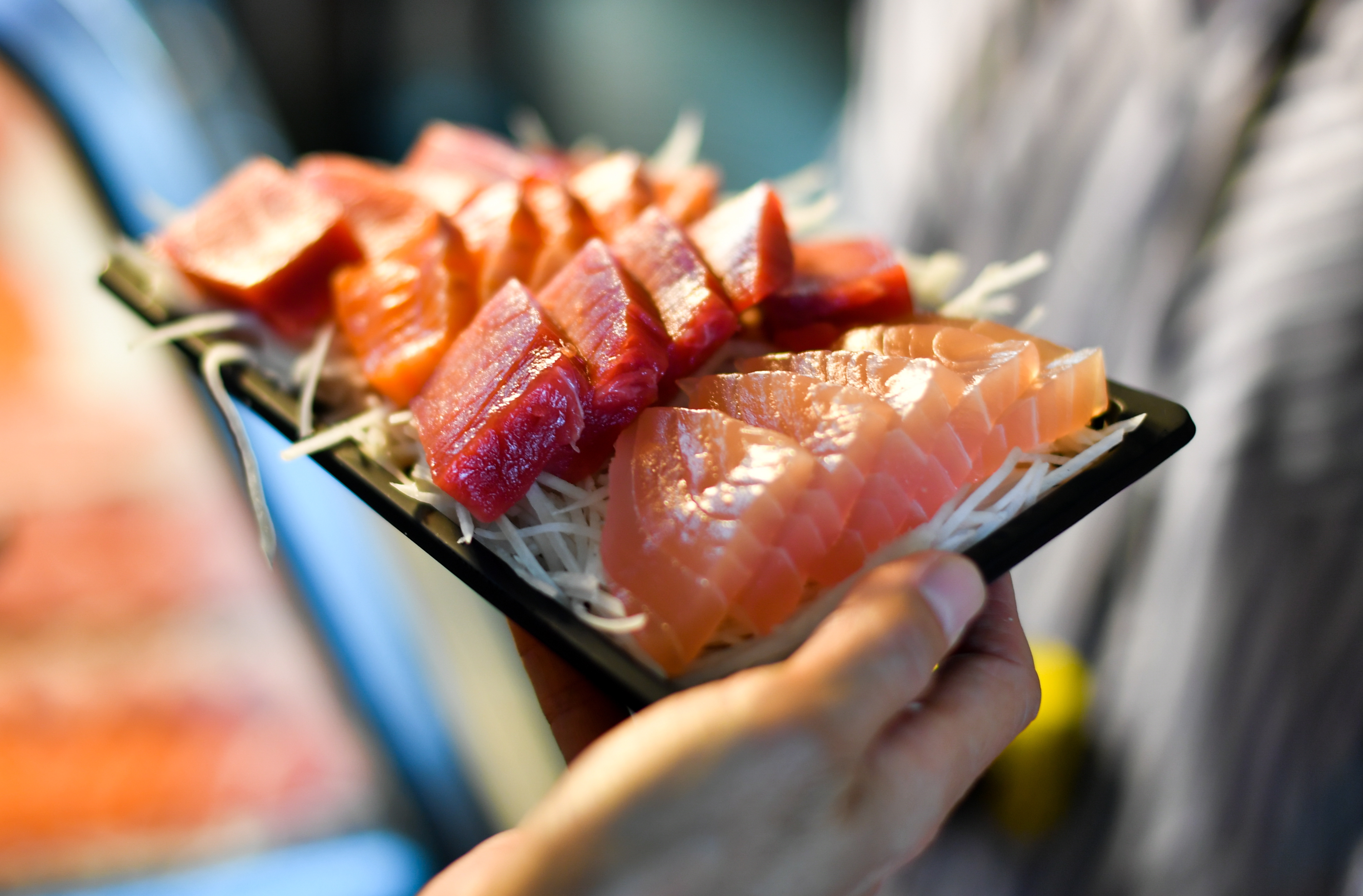
WILD salmon caught in Scotland is now off the menu at restaurants after the closure of the country’s main commercial fishery.
The world-famous fish can only be sold if it is caught and killed at strictly regulated netting stations.
But, we can reveal, the last station in Scotland has now closed on conservation grounds because wild salmon numbers have fallen so low.
Last week, we told how global warming and the impact of fish farms were among the factors being blamed for the worst salmon season in living memory.
Some beats on famous rivers like the Spey and the Nith did not record a single salmon being caught.
Now, wild salmon from Scotland is off the menu in restaurants after closure of the fishery owned by Kinnaber Ltd on the North Esk near Montrose, Angus, which once caught around 1,700 salmon a year.
Most were sent to Billingsgate market in London to be sold to restaurants and fishmongers.
The Esk District Salmon Fishery Board is now poised to buy the fishing rights from Kinnaber.
The deal will effectively end the sale of wild salmon for consumption as the board will no longer permit net fishing on the river.
Board director Dr Craig MacIntyre said: “For wild Scottish salmon this is pretty much it.
“This was the last salmon netting station in Scotland.
“It could end it for consumption as it’s illegal to sell rod-caught salmon.”
Dr MacIntyre added: “The reason we’re buying these netting rights is twofold.
“There’s one for conservation of salmon to protect future stocks and the board also has a policy that if a netting station comes up for sale then we will try to buy it, which is what we’ve done here.
“Also, the value of a rod-caught salmon is far in excess to the local economy and the river than one that’s caught in a net.
“Each salmon caught to the rod would be maybe worth £2,000 to the local economy.
“When you factor in rents and people coming to visit and staying in hotels and going out for meals then the multiplier really takes effect.”
Bob Ritchie, who ran R&S Fisheries, which leased the Esk fishing rights from Kinnaber, said he was saddened by the demise of the netting industry.
The 73-year-old said: “It’s the end of an era. I don’t know where the customers will get wild salmon from now.
“We could have sold double what we were catching.”
A single netting operation will remain on the River Tweed which can sell wild Scottish salmon – but its fish are caught in England.
By law, wild salmon can only be caught and killed in rivers but it is illegal to sell rod-caught salmon. Fishermen have been banned from catching and killing salmon in coastal waters since 2016 by the Scottish Government.
The measures have been put in place to protect the dwindling stocks of wild Atlantic salmon.
Numbers have fallen by 70% in the last 25 years and this year was the worst salmon season in living memory for anglers.
A top fishmonger said it has now become so difficult to source that customers who want wild rather than farmed will have to accept Pacific salmon from Canada.
Jeremy Grieve, of leading online fishmonger The Fish Society, said: “We now won’t sell it because we can’t get it, and it’s probably the right thing to not pursue it.
“Last year we probably bought a few hundred fish, this year I think we bought eight.
“The prices when they did become available were very high.
“The Canadian market is off-setting the downfall of the Scottish supply.”
Across Scotland, 2,113 wild salmon and grilses – those that have spent only one winter at sea – were caught by the net and coble method in 2017. This is the lowest since records began in 1952.
Net and coble fishing involves using rowing boats to drag nets across the river and draw fish to the bank. They are then killed and the carcasses are tagged and packed in ice to be transported to market.
The Scottish Government has no plans to lift the ban on the retention – or catching and killing – of wild salmon at sea.
A spokesman said this was unlikely to change in the foreseeable future.

Enjoy the convenience of having The Sunday Post delivered as a digital ePaper straight to your smartphone, tablet or computer.
Subscribe for only £5.49 a month and enjoy all the benefits of the printed paper as a digital replica.
Subscribe